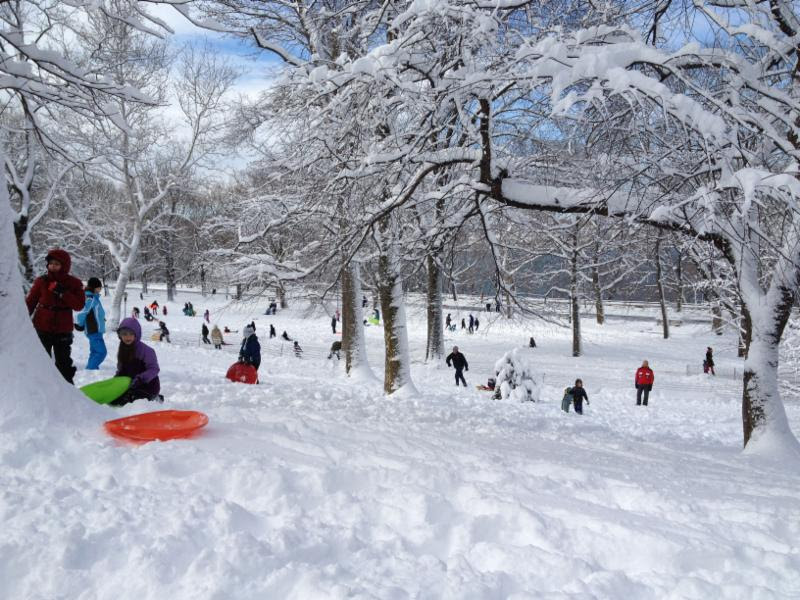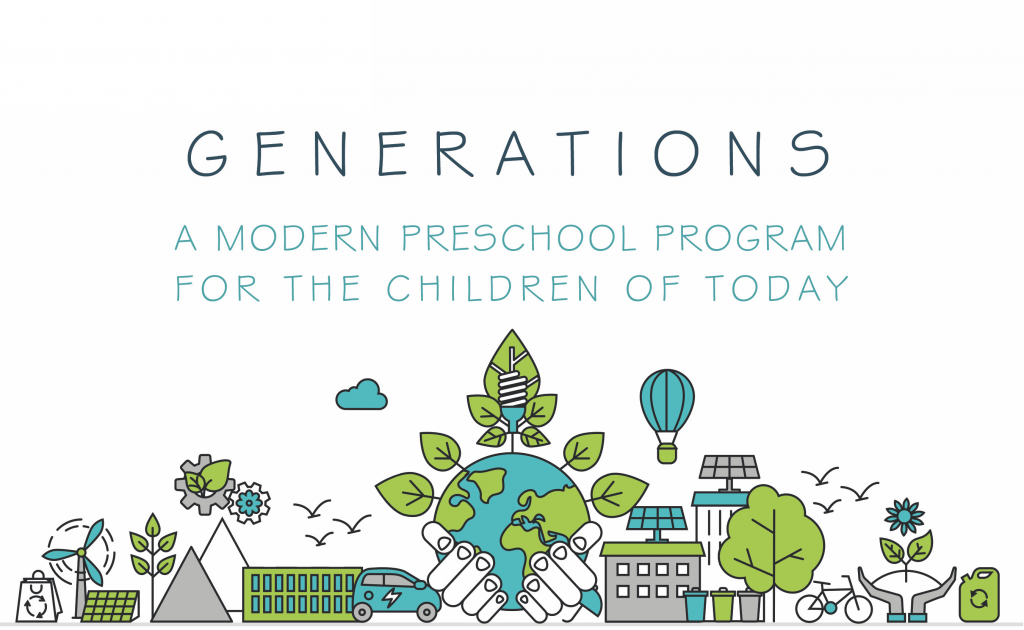Classrooms:
Our rooms are divided based on both age and skill level. If your child is developing at an accelerated rate, we will move them to the next level as the child advances. However, we encourage all children to learn at their own pace and do not move them forward until they are ready.
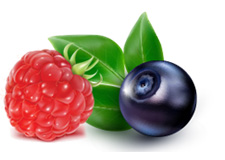


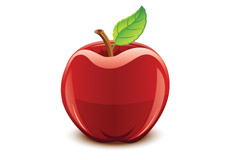

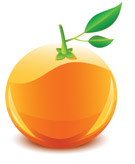
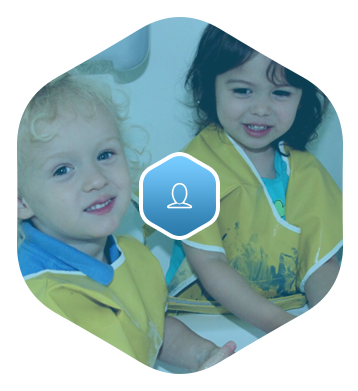
Social Development
1. Becomes more confident
2. Cares for self and the environment
3. Expresses his/her feelings
4. Gets ready for an activity and cleans up afterwards
5. Initiates a conversation
6. Knows the community and the people in it
7. Knows who he/she is
8. Listens to others when they talk
9. Plays and works with one or two children
10. Uses disciplinary words
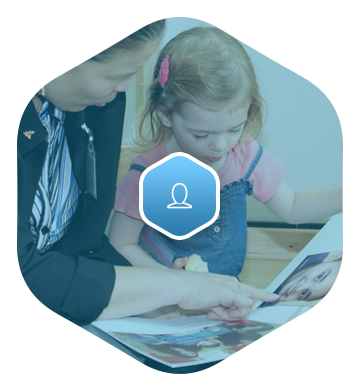
Intellectual Development
11. Asks and answers critical questions from stories and other concepts
12. Knows his/her first and last name
13. Knows the days of the week, months in year, and the four seasons
14. Looks at books and listens to stories alone
15. Masters the basic strokes needed for writing
16. Recognizes the letters of the alphabet and associates them with sounds and words
17. Speaks in complete sentences
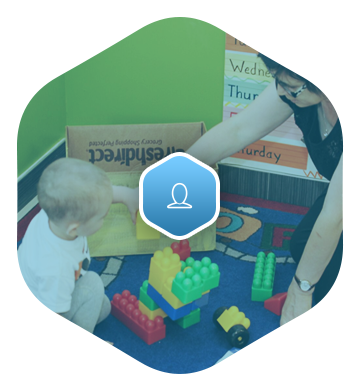
Physical Development
18. Able to skip, hop, jump, balance, walk in a line, jump rope, ride a tricycle, play ball, and use a hula hoop
19. Cooperates during a fire drill
20. Eats a well-balanced meal and chooses food sensibly
21. Eats neatly and properly
22. Holds and properly uses pencils, crayons, markers, and scissors
23. Laces and ties shoes
24. Learns to properly dress and undress
25. Learns left to right, top to down, progression
26. Doesn’t fight with other children or adults
27. Observes and learns safety rules in and out of the classroom – no running indoors, obeying traffic lights, crossing the street, walking up and down stairs, etc.
28. Uses small and large motor activities – plays games, exercises, etc.




